In the vast and often inaccessible corners of our planet, some of the world’s most endangered mammals continue to struggle for survival. These species, living in remote and hard-to-reach habitats, face unique challenges that make conservation efforts both crucial and difficult. From the dense jungles to high mountain ranges, each of these mammals is not just a symbol of biodiversity but also a reminder of the fragile balance in our ecosystems. In this article, we’ll explore the top 20 endangered mammals that are found in these unreachable habitats, shedding light on their plight and the efforts being made to protect them.
Javan Rhino
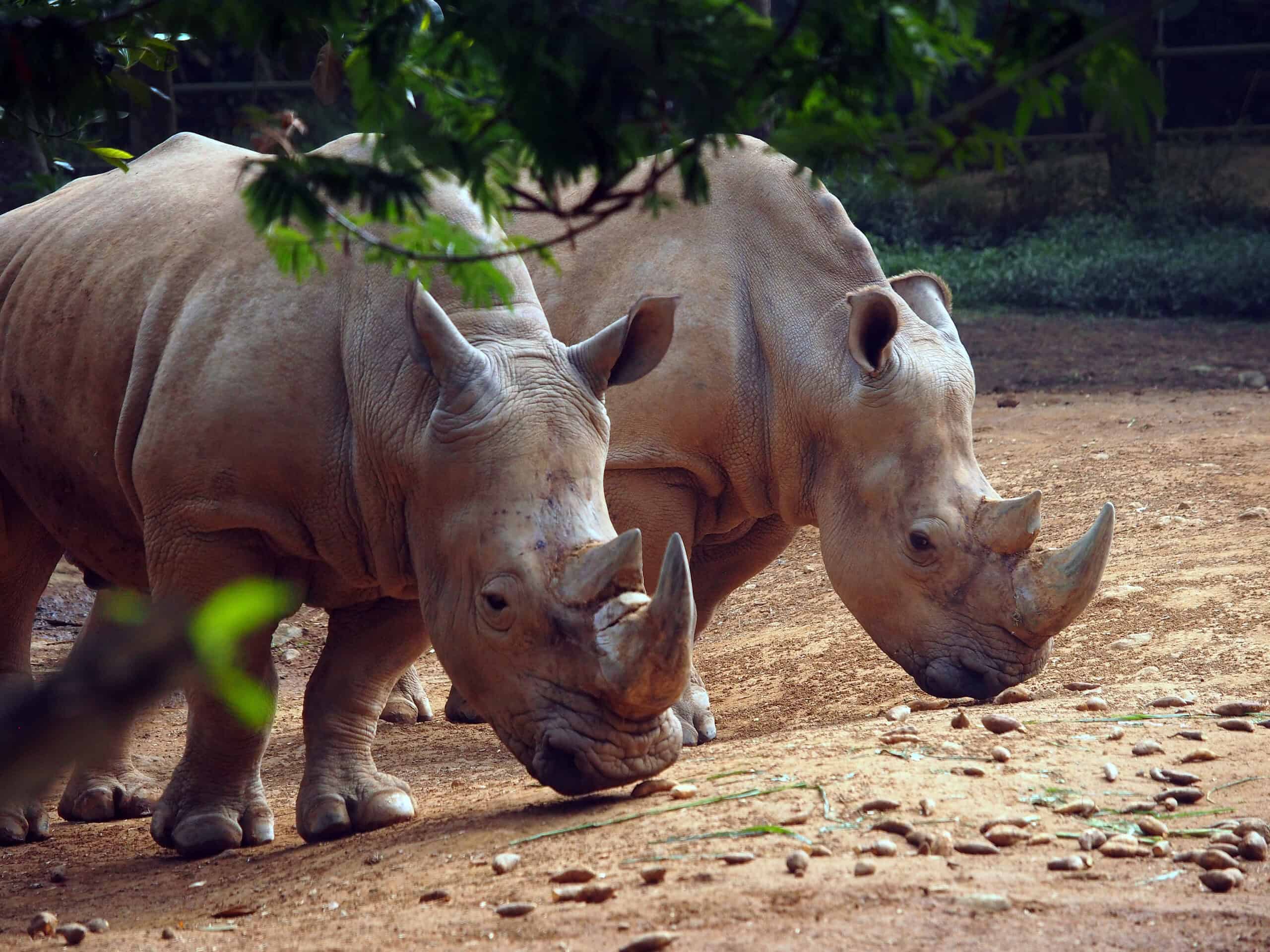
The Javan rhinoceros is one of the rarest large mammals on Earth, with only about 18 individuals left, all confined to Ujung Kulon National Park on the Indonesian island of Java. This critically endangered species once roamed across Southeast Asia, but now, habitat loss, poaching, and natural disasters have pushed them to the brink of extinction. Their solitary existence in dense rainforests makes monitoring and protection efforts extremely challenging. Conservationists work tirelessly to safeguard their habitat and prevent poaching, as the loss of even one individual could be catastrophic for the species. Strict protection measures and habitat management are crucial for the survival of this rare rhinoceros. Additionally, efforts are being made to restore and expand their habitat to ensure they have sufficient space and resources to thrive. The preservation of the Javan rhino is not only vital for maintaining biodiversity but also for the ecological balance of their habitat.
Vaquita
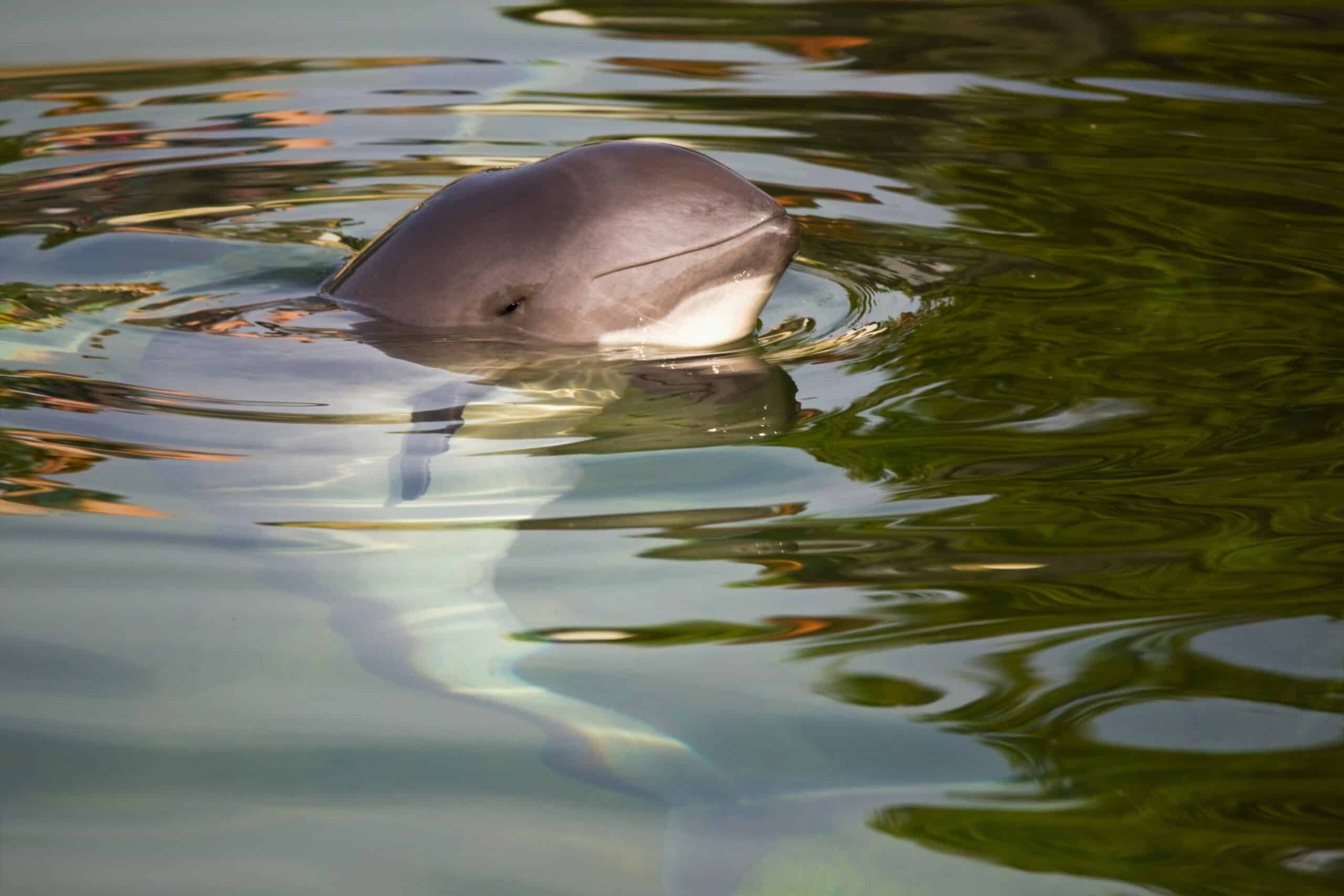
The vaquita, the world’s smallest and most endangered cetacean, is critically endangered with only 10 to 18 individuals left. Found only in the northern part of the Gulf of California, Mexico, their remote habitat offers some protection, but illegal gillnet fishing for totoaba, a fish whose swim bladder is highly valued, poses a significant threat. Vaquitas often get entangled in these nets and drown. Despite efforts to ban gillnets, enforcement remains difficult, and the species continues to edge closer to extinction. Conservationists are focusing on reducing bycatch and illegal fishing activities to protect the remaining vaquitas. International cooperation and community engagement are essential in these efforts to ensure the survival of this critically endangered species.
Amur Leopard
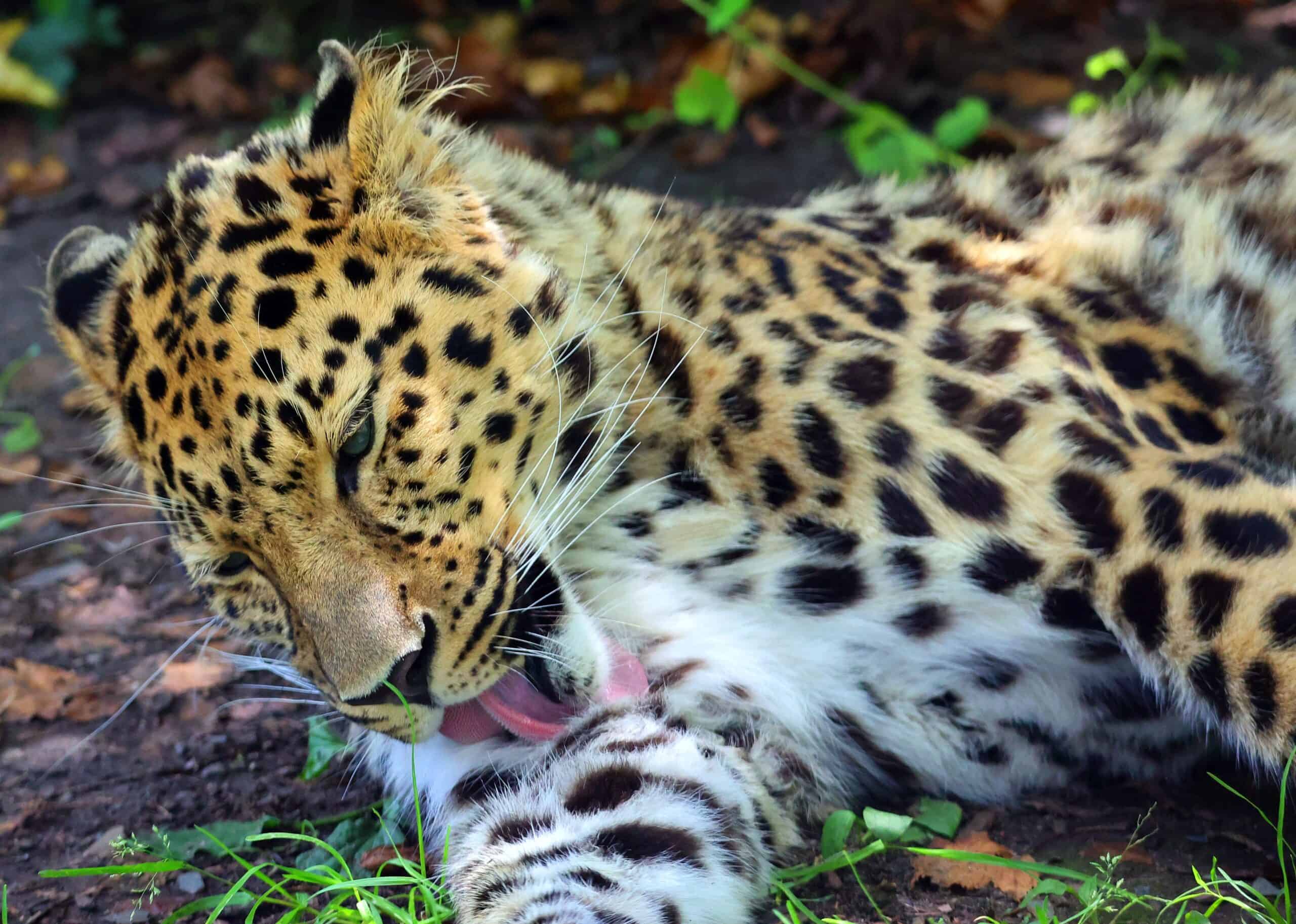
The Amur leopard, native to the forests and mountains of eastern Russia and northern China, is critically endangered with around 100 individuals remaining. This solitary big cat faces severe threats from habitat destruction, poaching, and inbreeding. The rugged, remote terrain of their habitat complicates conservation efforts, but protected areas like the Land of the Leopard National Park provide a sanctuary. Conservationists focus on anti-poaching measures and habitat restoration to improve their chances of survival. These efforts include establishing wildlife corridors to connect fragmented habitats and reduce human-wildlife conflict. Additionally, breeding programs and genetic research are underway to increase the genetic diversity of the population and enhance their resilience.
Saola
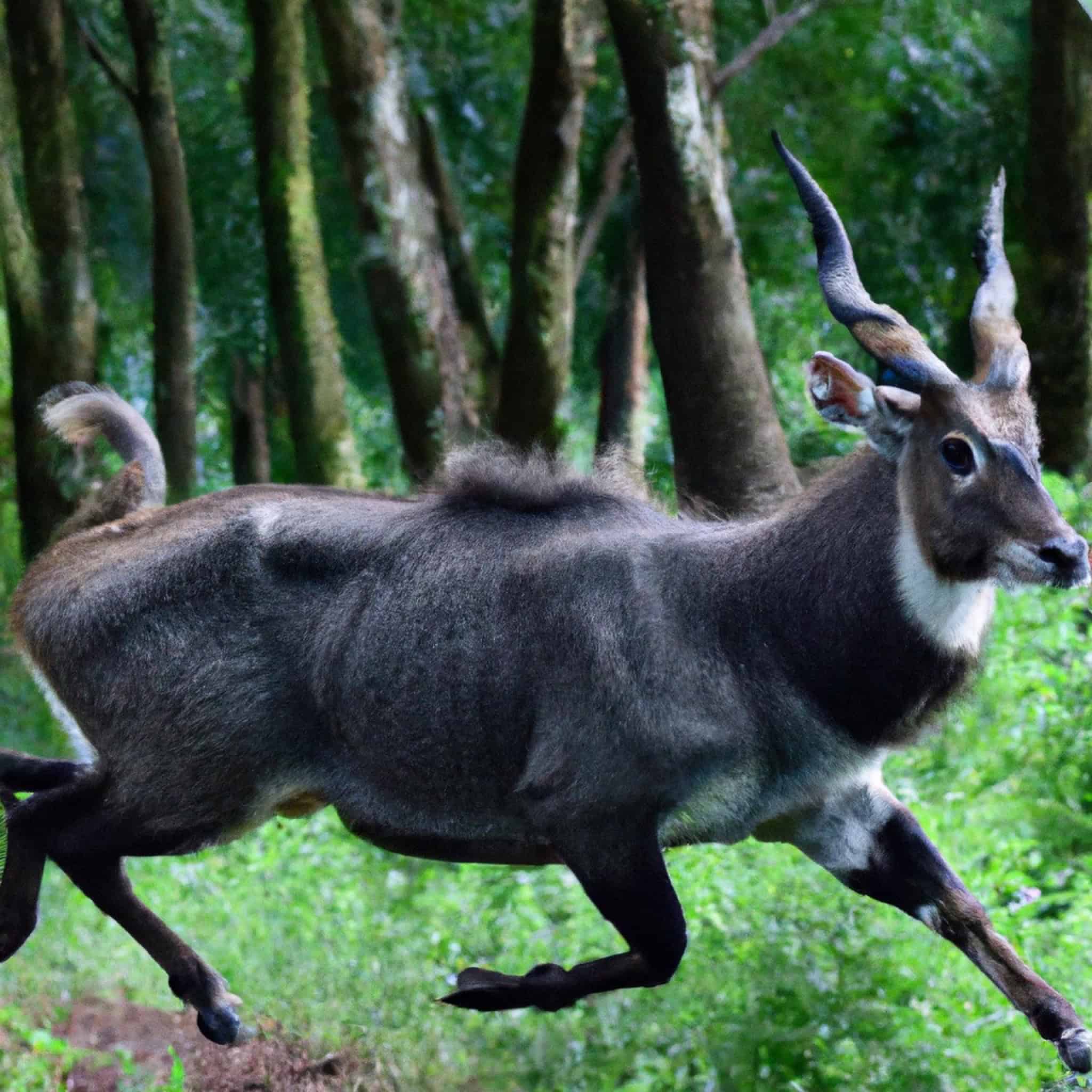
Often referred to as the “Asian unicorn,” the saola is one of the world’s most elusive and rare large mammals, with only a few dozen individuals left. Inhabiting the Annamite Range of Vietnam and Laos, these forest-dwelling bovines are critically endangered due to hunting and habitat destruction. Their remote, dense forest habitat makes them extremely difficult to study and protect. Conservation efforts involve community engagement to reduce hunting and establish protected areas to safeguard their remaining habitat. The establishment of conservation breeding programs and habitat corridors is also essential to ensure the long-term survival of the saola. International cooperation and funding are vital to support these conservation initiatives.
Mountain Gorilla
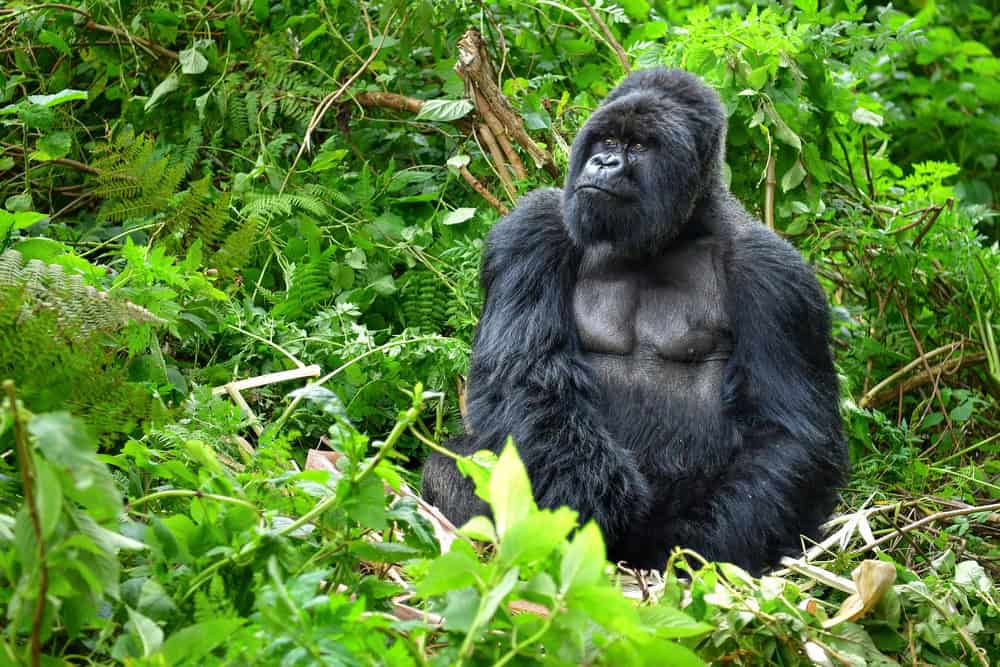
Mountain gorillas are critically endangered, with around 1,000 individuals living in the remote mountainous regions of Rwanda, Uganda, and the Democratic Republic of Congo. These gorillas face threats from poaching, disease, and habitat destruction. The rugged terrain and political instability in the region make conservation efforts challenging. However, intensive management, anti-poaching patrols, and community conservation programs have seen some success in increasing their population. Efforts include habitat restoration, veterinary interventions, and ecotourism initiatives that benefit local communities and provide incentives for gorilla conservation. Collaboration with local governments and international organizations is crucial to ensure the continued protection of mountain gorillas and their habitats.
Sumatran Orangutan
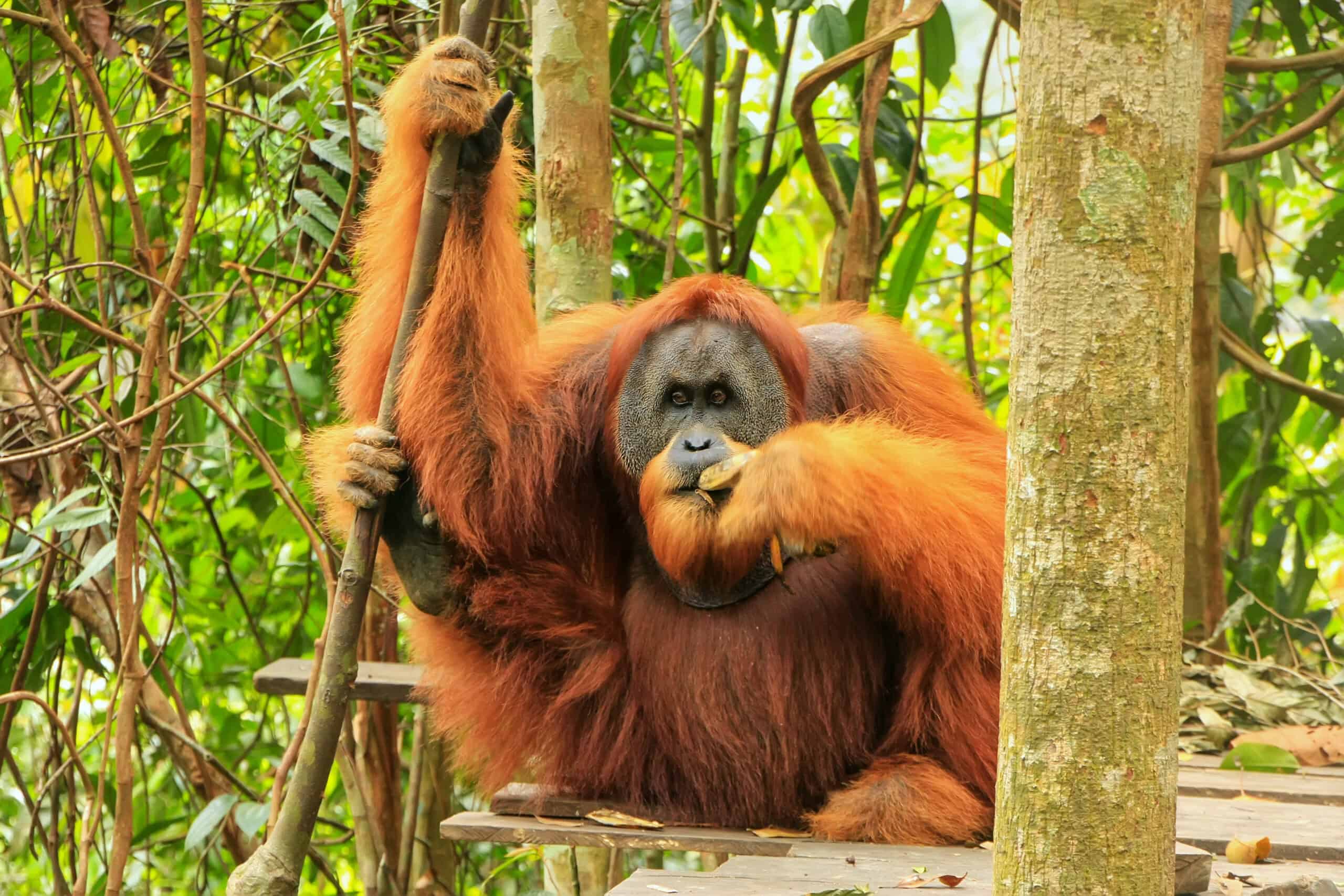
The Sumatran orangutan is critically endangered, with an estimated population of around 14,000. These great apes are found only in the dense rainforests of Sumatra, Indonesia. Habitat loss due to illegal logging, palm oil plantations, and hunting are significant threats. Their arboreal lifestyle and the inaccessibility of their habitat make conservation efforts complex. Strategies focus on protecting remaining forests and promoting sustainable land use practices to ensure their survival. Conservation programs also involve reforestation efforts, wildlife corridors, and community education to reduce human-orangutan conflicts. The establishment of protected areas and enforcement of anti-poaching laws are critical to the long-term survival of Sumatran orangutans.
Northern White Rhino

The northern white rhino is functionally extinct, with only two known individuals remaining, both in captivity. Historically found in central Africa, this subspecies has been driven to near extinction by severe poaching for their horns. Conservationists are exploring advanced reproductive technologies, including in vitro fertilization, to save this subspecies from complete extinction. Their isolated and highly protected environment is crucial for any hope of revival. Efforts include collaborating with geneticists, reproductive specialists, and wildlife experts to develop viable breeding techniques and create a genetic bank for future use. International support and funding are essential to sustain these ambitious conservation efforts.
Snow Leopard
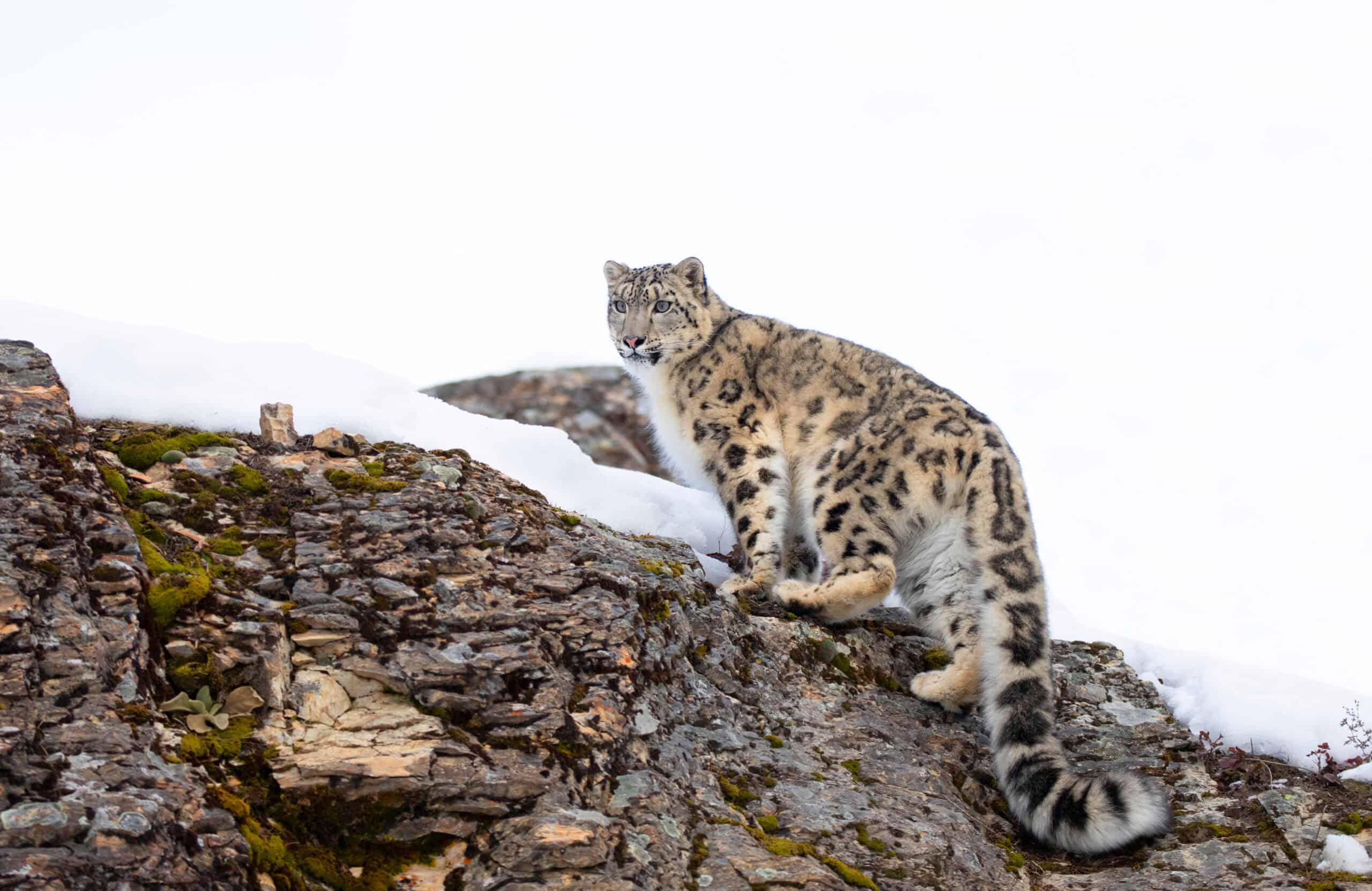
Snow leopards inhabit the high mountain ranges of Central and South Asia, including the Himalayas. With an estimated population of 4,000 to 6,500, they are classified as vulnerable. Habitat loss, poaching, and climate change are significant threats. The remote and rugged terrain of their habitat complicates monitoring and conservation efforts, requiring innovative strategies to protect these elusive big cats. Conservation programs focus on community engagement, reducing human-wildlife conflict, and protecting critical habitats. Initiatives include anti-poaching patrols, habitat restoration, and the promotion of sustainable livelihoods for local communities to reduce pressure on snow leopard habitats.
Tapanuli Orangutan
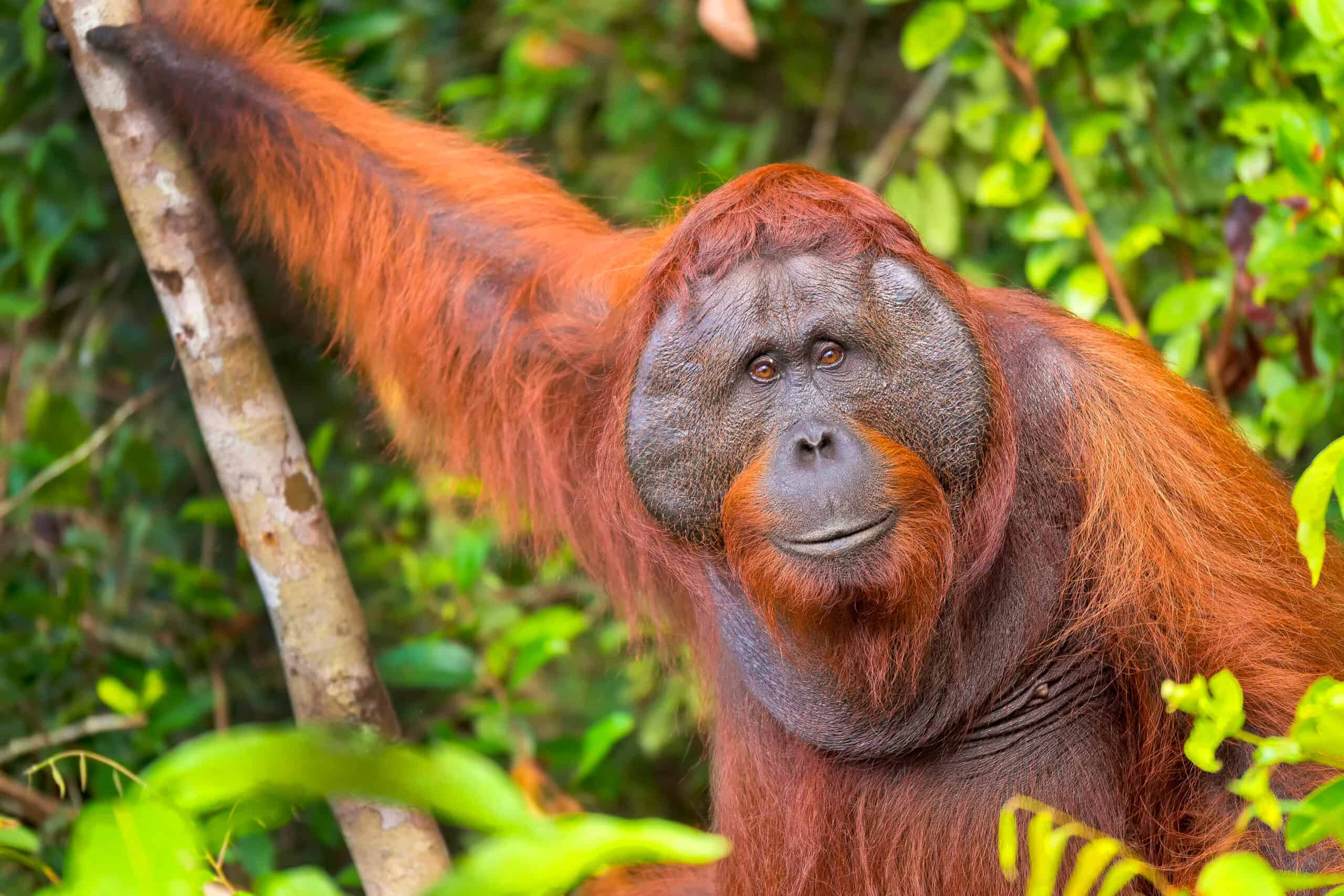
The Tapanuli orangutan, discovered as a distinct species in 2017, is critically endangered with fewer than 800 individuals remaining. They inhabit the remote Batang Toru forests in Sumatra, Indonesia. Habitat loss due to deforestation and hunting pose severe threats to their survival. Conservation efforts involve protecting critical habitat, preventing deforestation, and engaging local communities in conservation activities. Establishing wildlife corridors and promoting sustainable land use practices are essential to ensure the long-term survival of the Tapanuli orangutan. Collaboration with local governments and international conservation organizations is crucial to support these efforts.
Black Rhino
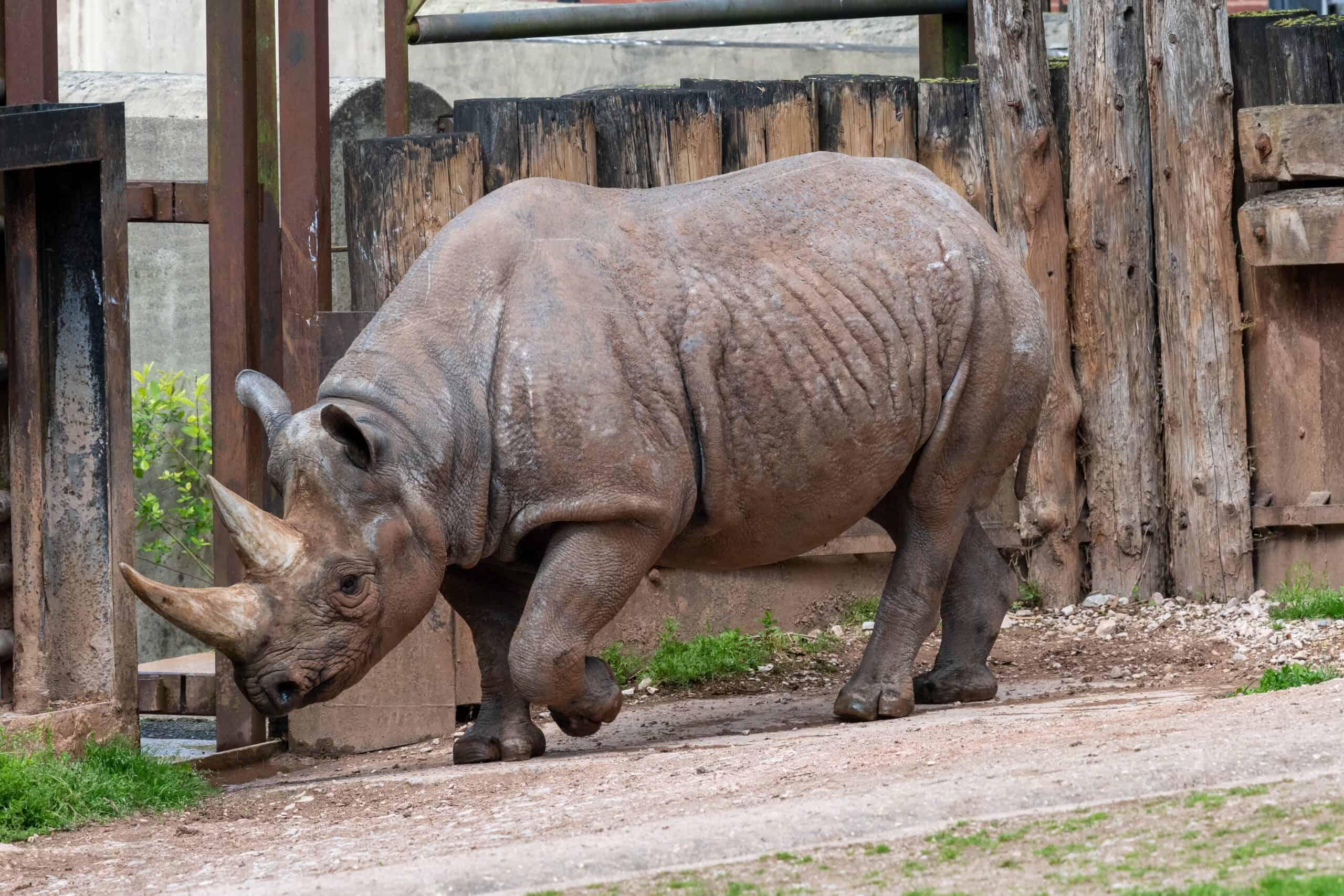
The black rhino is critically endangered, with a population of around 5,000 individuals. They inhabit various regions in eastern and southern Africa, often in remote, rugged terrain. Poaching for their horns and habitat loss are primary threats. Their preference for dense thickets makes them difficult to monitor and protect. Conservation strategies focus on anti-poaching measures, habitat protection, and community conservation programs. Efforts include translocating rhinos to safer areas, strengthening law enforcement, and promoting alternative livelihoods for communities to reduce reliance on poaching. International cooperation and funding are vital to support these initiatives and ensure the survival of black rhinos.
Iberian Lynx
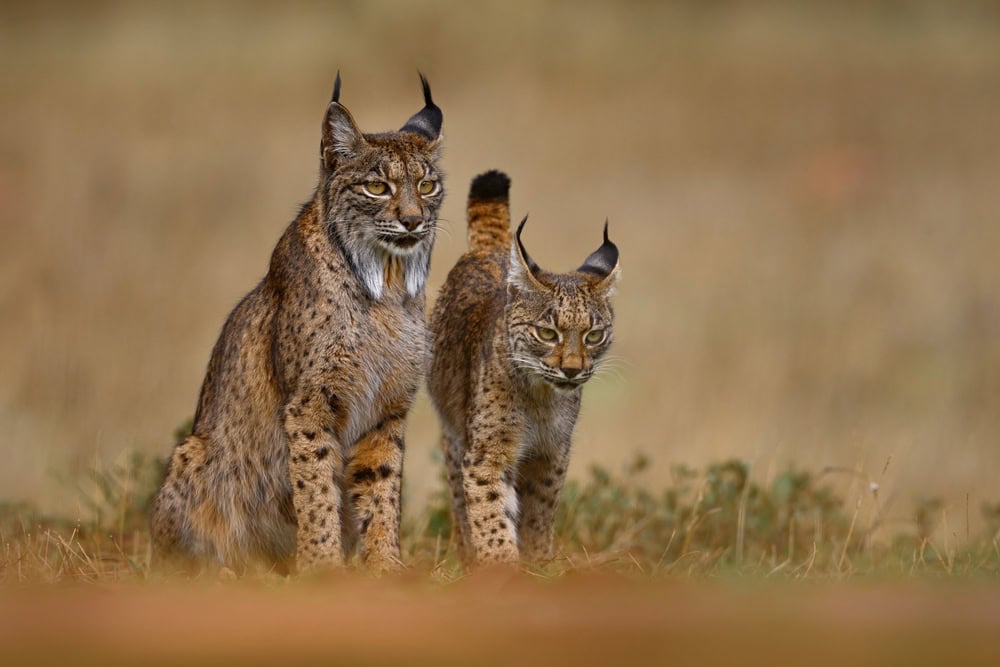
The Iberian lynx, once on the brink of extinction, is critically endangered but has seen population growth thanks to intensive conservation efforts. Approximately 400 individuals live in the remote scrublands of southern Spain and Portugal. Habitat loss, road accidents, and a decline in prey are the main threats. Conservation programs include habitat restoration, breeding programs, and efforts to increase prey availability. Collaboration with local communities and landowners is essential to create safe habitats for the lynx and promote coexistence. Monitoring and research are also crucial to adapt conservation strategies and ensure the long-term survival of the Iberian lynx.
Bornean Orangutan
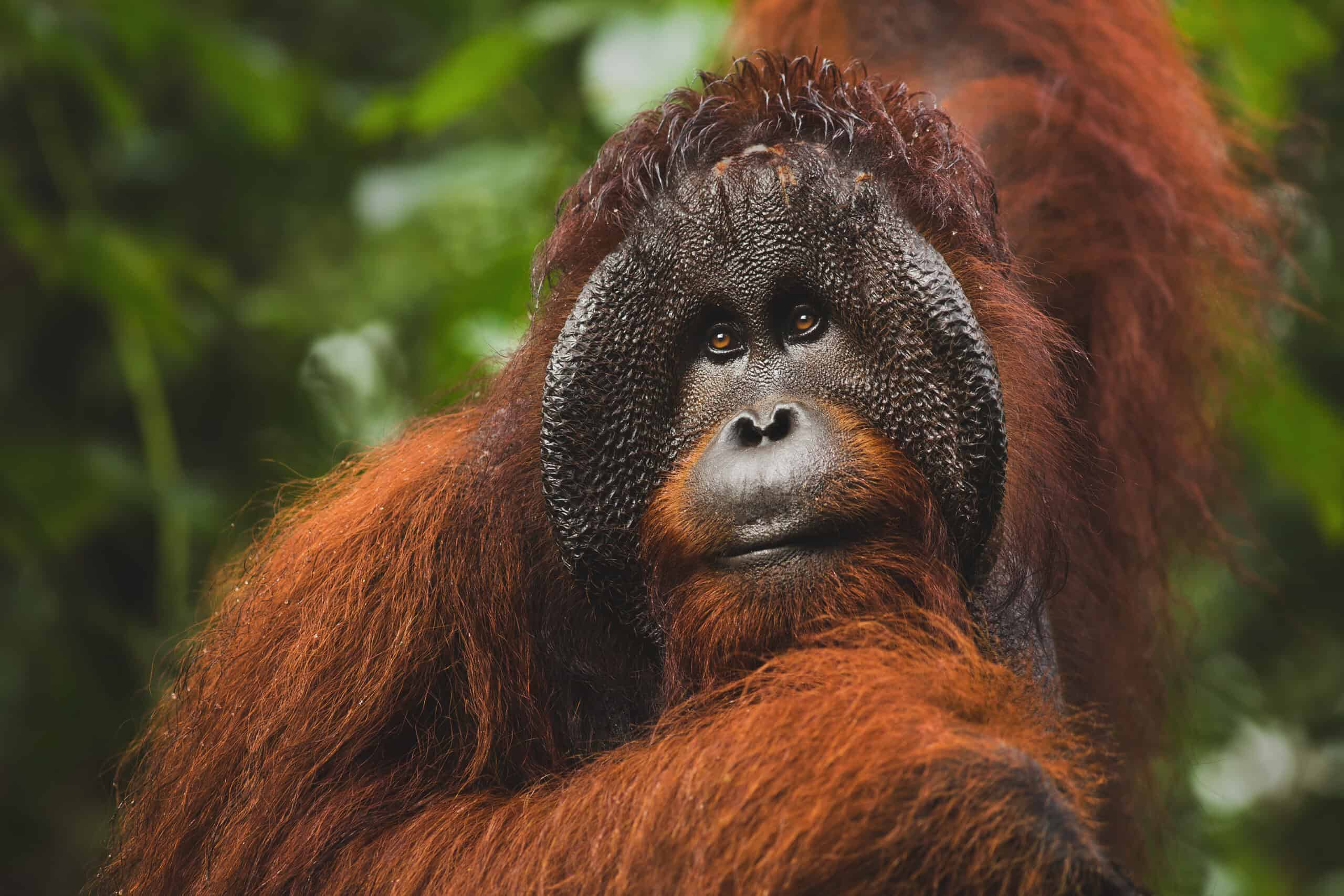
The Bornean orangutan is critically endangered, with an estimated population of around 104,700. They inhabit the rainforests of Borneo and face threats from deforestation, hunting, and habitat fragmentation. Their solitary and arboreal nature in remote forests adds complexity to conservation efforts. Strategies include habitat protection, anti-poaching patrols, and promoting sustainable land use practices. Reforestation projects and wildlife corridors are essential to connect fragmented habitats and support orangutan populations. Community education and engagement are also crucial to reduce human-wildlife conflicts and promote conservation-friendly practices.
Sumatran Rhino
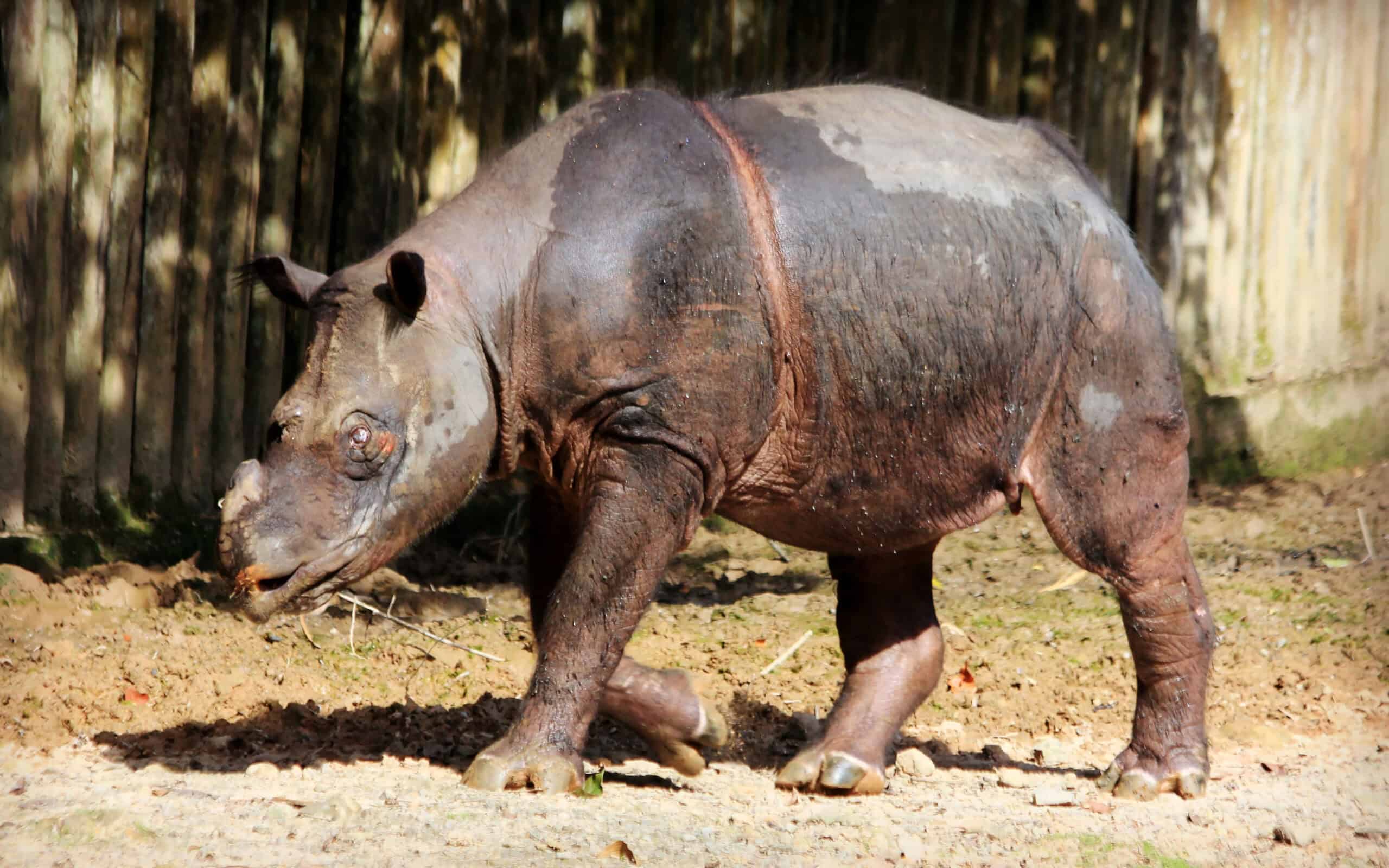
The Sumatran rhino is critically endangered, with fewer than 80 individuals remaining. They reside in the dense forests of Sumatra and Borneo. Poaching and habitat loss have drastically reduced their numbers. Conservation efforts focus on protecting critical habitats, anti-poaching measures, and breeding programs to ensure their survival. The establishment of wildlife sanctuaries and translocation programs are essential to provide safe habitats for rhinos and increase their population. Collaboration with local communities and governments is crucial to support these initiatives and ensure the long-term survival of the Sumatran rhino.
Forest Elephant
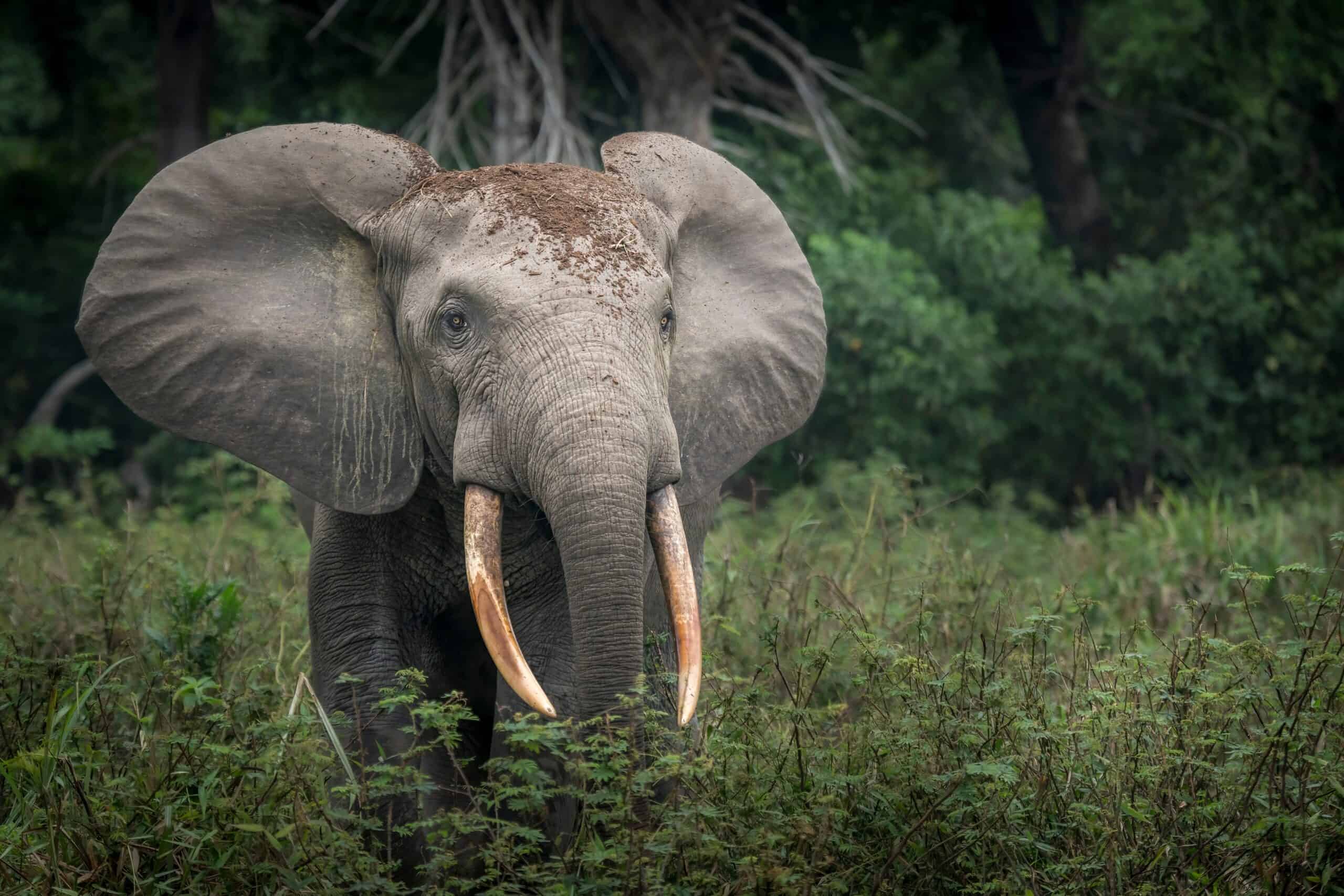
African forest elephants are critically endangered, primarily due to poaching and habitat loss. They inhabit the dense rainforests of central and West Africa. Their slow reproduction rate and the difficulty in monitoring them in dense forests complicate conservation efforts. Strategies include anti-poaching measures, habitat protection, and engaging local communities in conservation activities. Efforts also focus on reducing human-elephant conflicts and promoting sustainable land use practices. International cooperation and funding are essential to support these initiatives and ensure the survival of forest elephants.
Pygmy Three-Toed Sloth
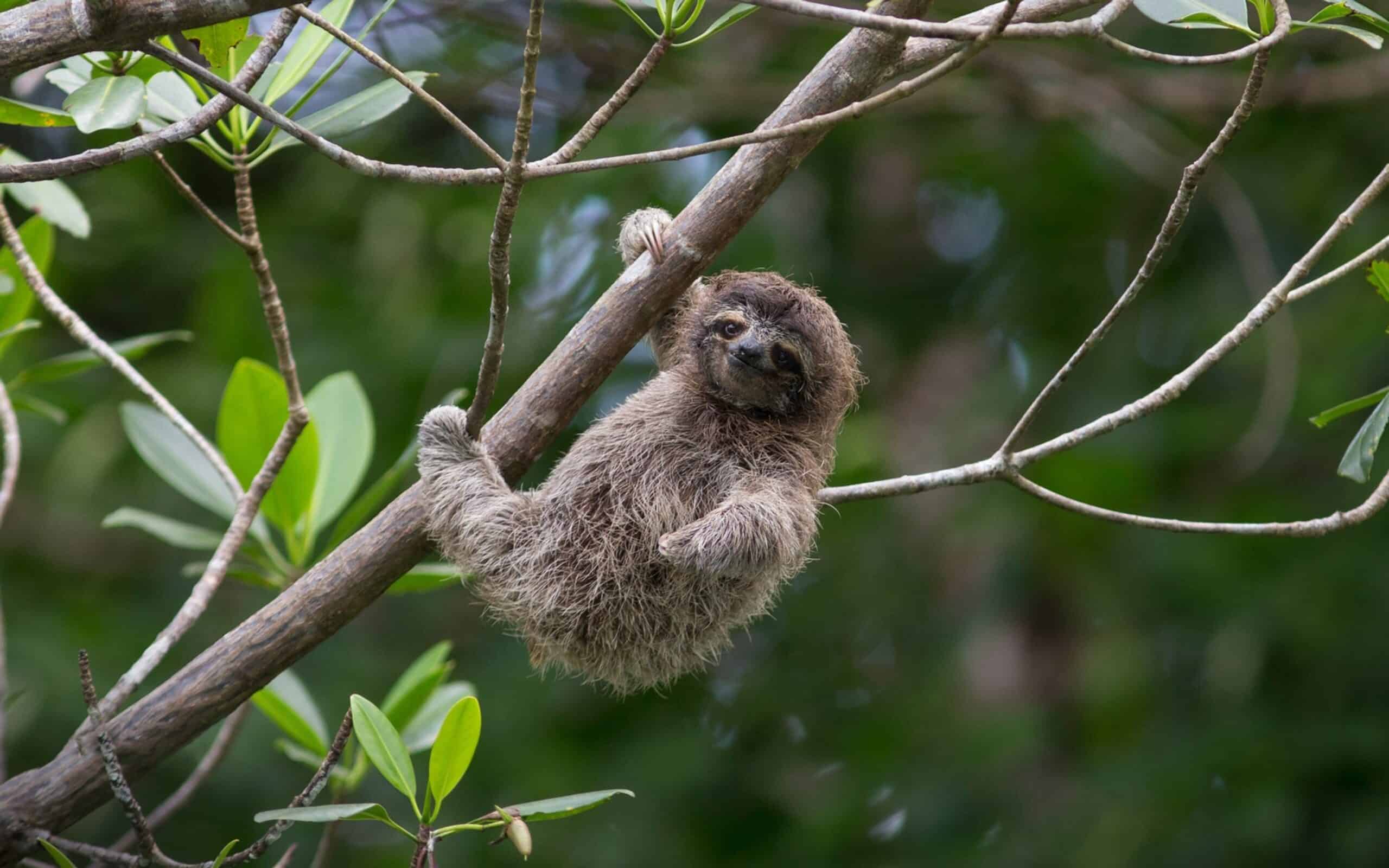
The pygmy three-toed sloth, critically endangered, has fewer than 100 individuals remaining. They inhabit a single island off the coast of Panama. Deforestation and habitat degradation are significant threats. Conservation efforts focus on habitat protection, preventing deforestation, and engaging local communities in conservation activities. The establishment of protected areas and wildlife corridors is essential to ensure the survival of the pygmy three-toed sloth. Collaboration with local governments and international conservation organizations is crucial to support these initiatives and promote sustainable land use practices.
Giant Panda
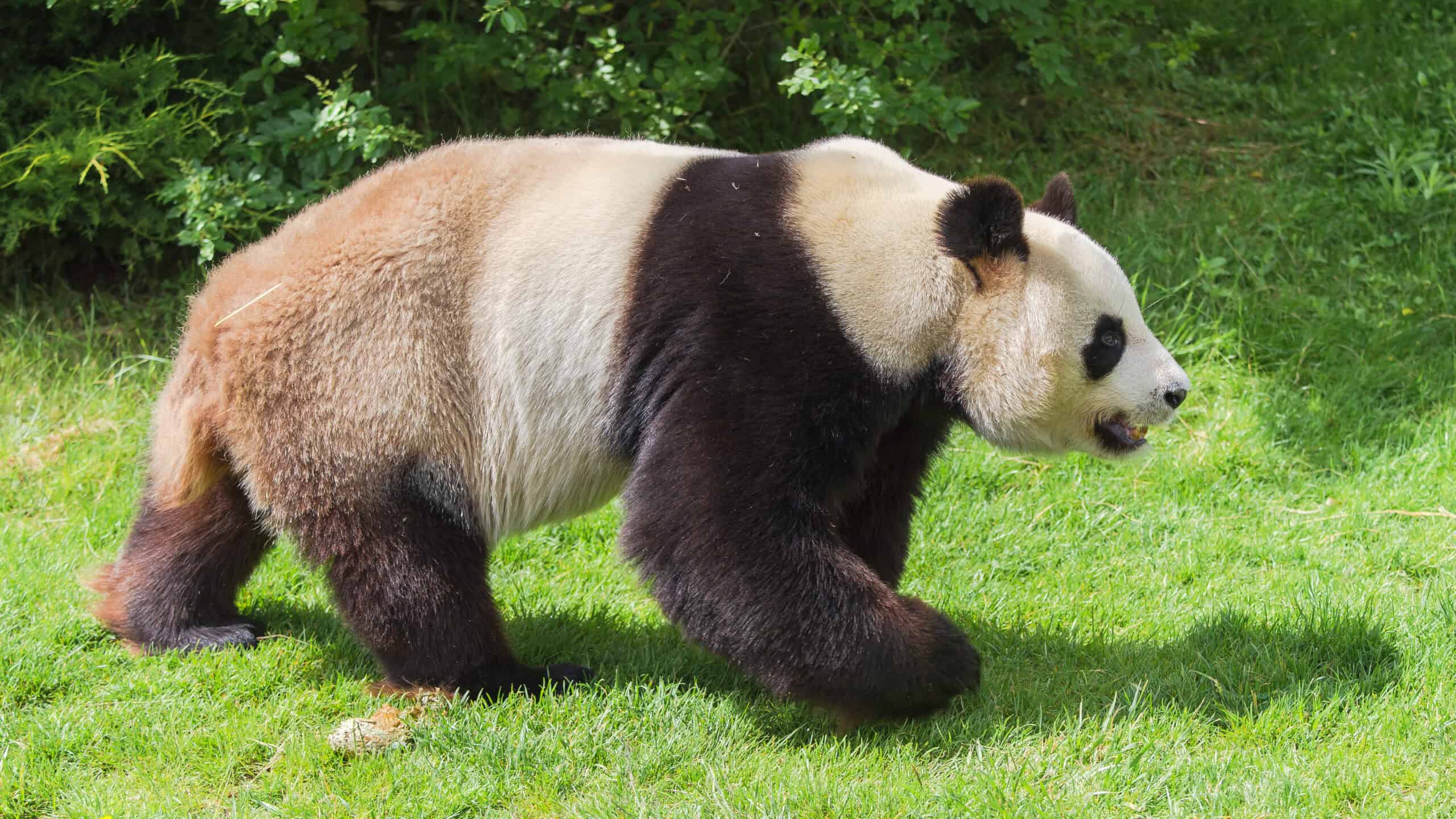
Giant pandas are vulnerable, with around 1,864 individuals living in the mountainous regions of central China. Habitat fragmentation and low birth rates are major concerns. Conservation efforts have focused on habitat restoration, creating wildlife corridors, and captive breeding programs to ensure the continued survival of this iconic species. Collaboration with local communities and governments is essential to protect panda habitats and promote conservation-friendly practices. Monitoring and research are also crucial to adapt conservation strategies and support the long-term survival of giant pandas.
Kakapo
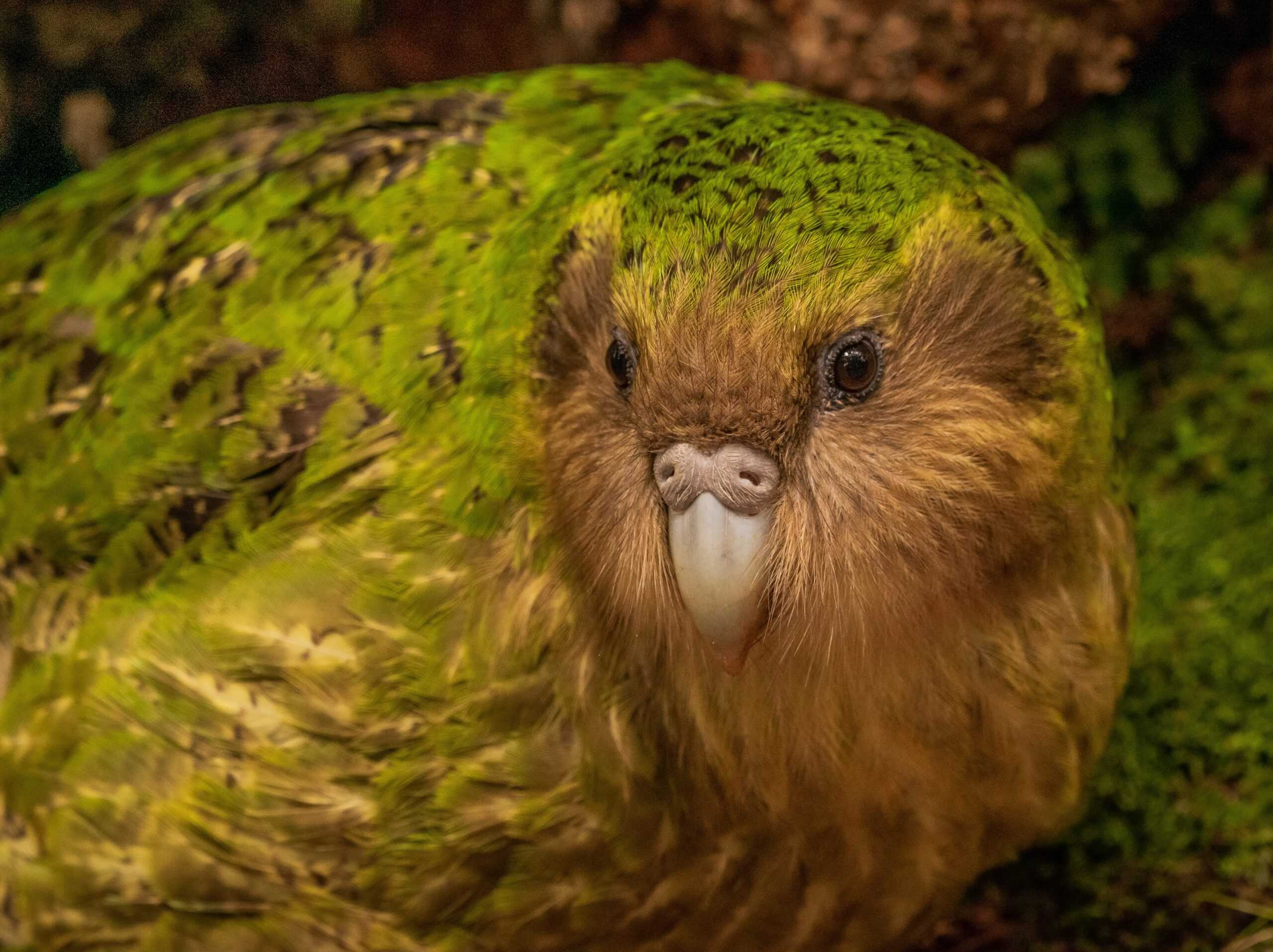
The kakapo, a nocturnal and flightless parrot, is critically endangered with only 201 individuals remaining. They reside on predator-free islands in New Zealand. Predation by introduced species and habitat loss have driven them to the brink of extinction. Intensive management, including breeding programs and predator control, is essential for their survival. Efforts also focus on habitat restoration and creating safe environments for kakapos to thrive. Collaboration with local communities and international conservation organizations is crucial to support these initiatives and ensure the long-term survival of the kakapo.
Tasmanian Devil
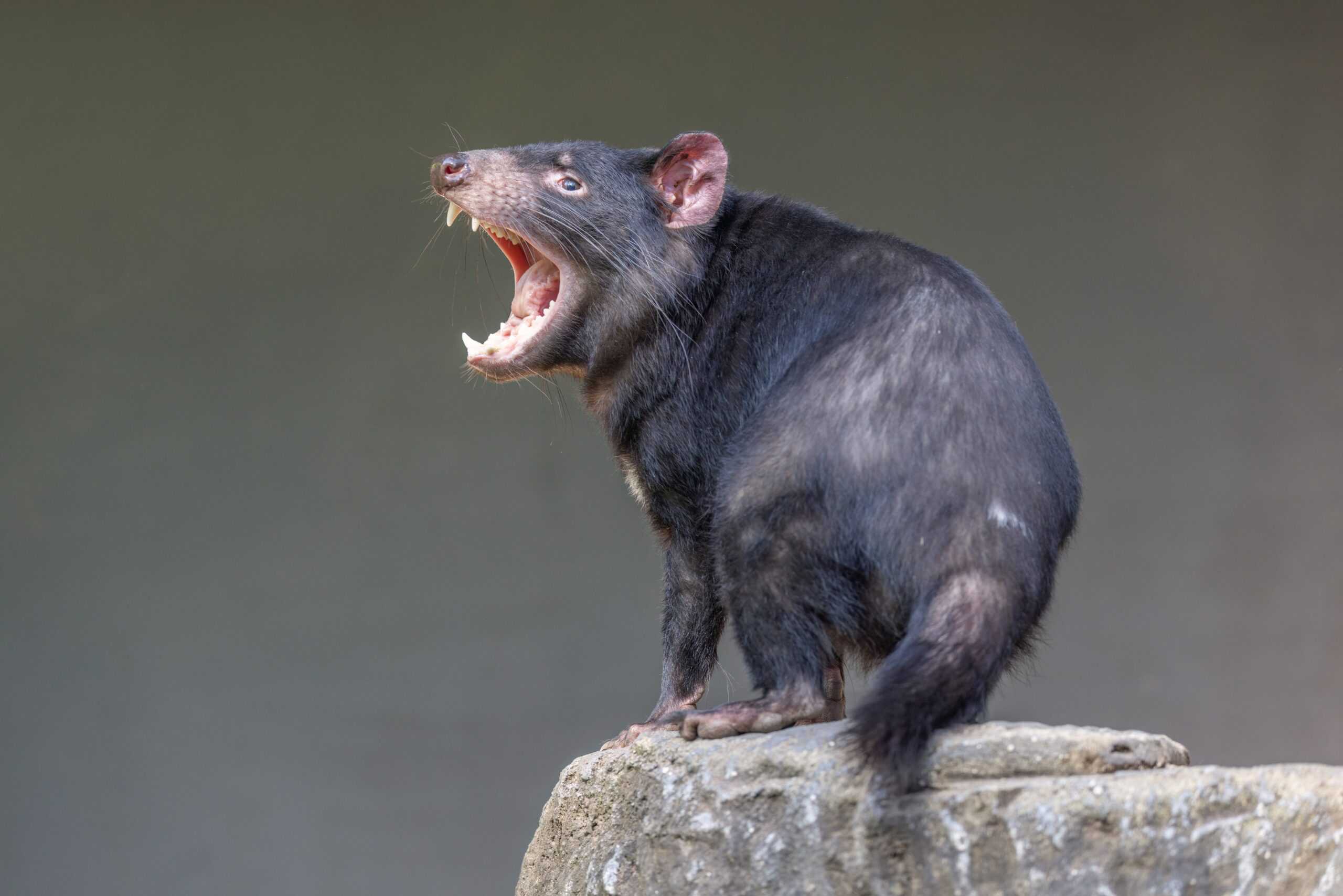
Tasmanian devils are endangered due to a contagious facial tumor disease that has decimated their population. They are endemic to the island of Tasmania, Australia. Conservation efforts focus on disease management, breeding programs, and habitat protection to boost their numbers and ensure the survival of this unique marsupial. The establishment of disease-free sanctuaries and research into developing a vaccine are essential to support these initiatives. Collaboration with local communities and governments is crucial to promote conservation-friendly practices and protect Tasmanian devil habitats.
Red Wolf
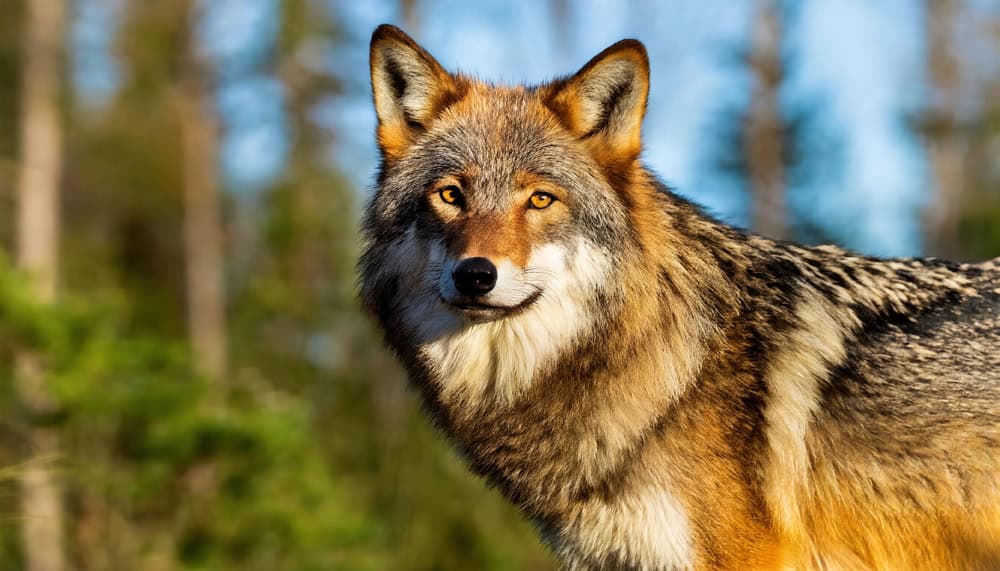
The red wolf is critically endangered, with fewer than 20 individuals remaining in the wild. They inhabit the coastal prairies and forests of North Carolina, USA. Hybridization with coyotes and habitat loss are significant threats. Conservation programs include captive breeding, reintroduction, and habitat protection to save the species from extinction. Efforts also focus on reducing human-wildlife conflicts and promoting coexistence. Collaboration with local communities and governments is crucial to support these initiatives and ensure the long-term survival of the red wolf.
Cross River Gorilla
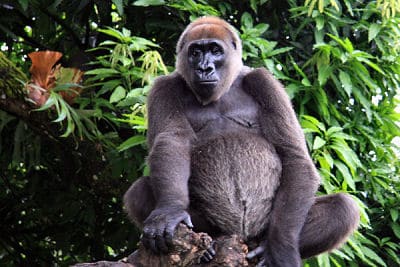
The Cross River gorilla, a subspecies of the western gorilla, is critically endangered with an estimated population of 200 to 300 individuals. They inhabit the mountainous border region between Nigeria and Cameroon. Poaching and habitat loss are major threats. Conservation efforts focus on habitat protection, anti-poaching measures, and engaging local communities in conservation activities to ensure their survival. The establishment of wildlife corridors and transboundary conservation areas is essential to support these initiatives. Collaboration with local governments and international conservation organizations is crucial to promote sustainable land use practices and protect Cross River gorilla habitats.
This article originally appeared on Rarest.org.
More from Rarest.org
13 Unique Underwater Ecosystems You Can Explore
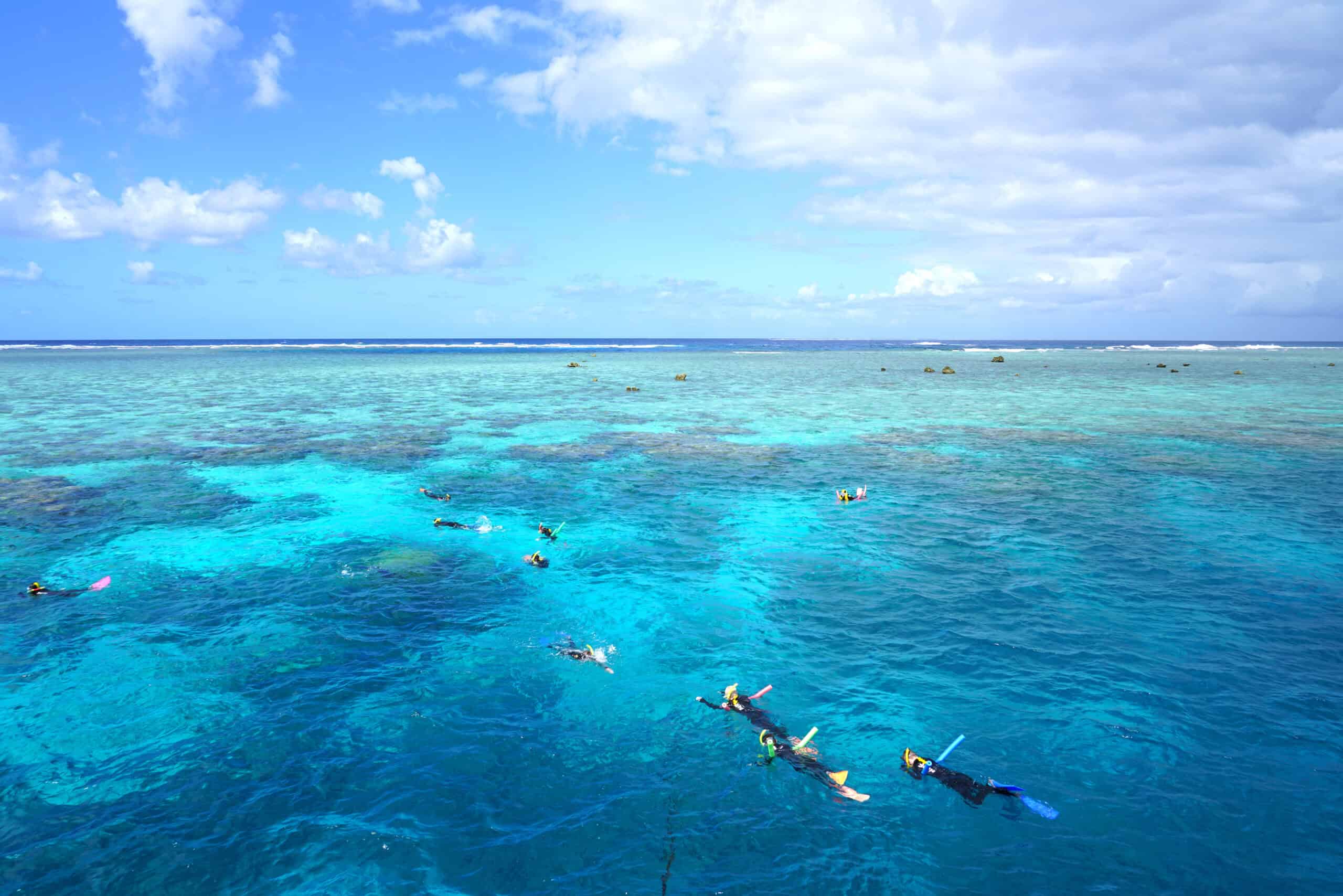
Exploring underwater ecosystems is a breathtaking adventure. Each destination offers a unique glimpse into the marine world. Read more.
9 Most Coveted Pieces of Historical Armor and Weapons

Throughout history, certain pieces of armor and weapons have captivated the imagination of historians and collectors alike. Read more.
13 Unique Hobbies You Probably Never Knew Existed

In a world where traditional hobbies like reading and gardening are common, there exist some truly unique and fascinating pastimes. These hobbies range from extreme sports to creative arts, and they offer a fresh perspective on leisure activities. Read more.
